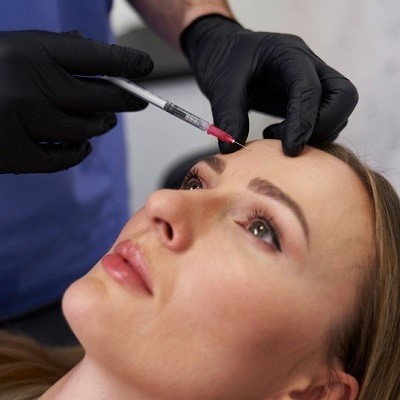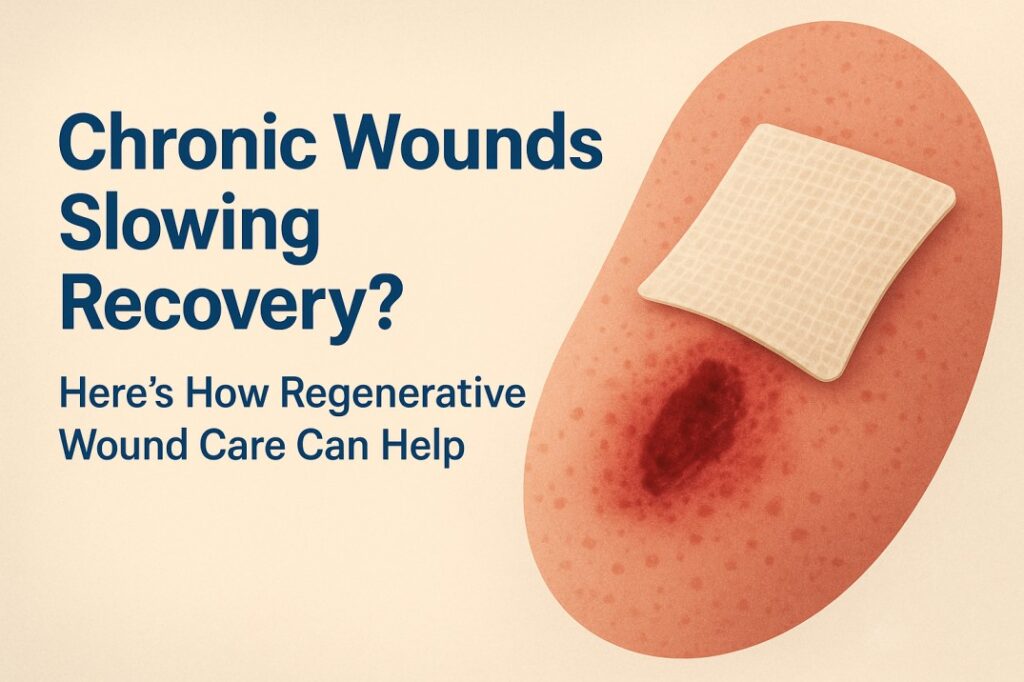Dermal fillers have become a go-to option for individuals seeking non-surgical facial rejuvenation. Whether you’re looking to smooth wrinkles, restore lost volume, or contour your facial features, dermal fillers can deliver impressive results with minimal downtime. However, one of the most common questions people have when considering dermal fillers in Islamabad is about the recovery time. How long does it take to heal, and what can you expect during the recovery process?
In this blog, we’ll explore the recovery time after dermal filler treatments, what to expect during your recovery, and tips to speed up the healing process to ensure optimal results.
1. Immediate Post-Treatment Period
After getting dermal fillers, most patients in Islamabad can return to their daily activities almost immediately, which is one of the major benefits of the procedure. Since dermal fillers are minimally invasive and don’t require incisions or stitches, you won’t need to take extended time off from work or social activities. That said, there are still some side effects and considerations to keep in mind during the first 24 to 48 hours following the treatment.
Common Immediate Side Effects:
- Swelling: Mild to moderate swelling at the injection site is common and usually resolves within a few hours to a day. The extent of swelling varies depending on the area treated and the type of filler used.
- Redness: The treated area may appear red or flushed, but this is typically short-lived and fades within a few hours.
- Bruising: Some bruising may occur, particularly if the filler was injected into areas near blood vessels. Bruising usually disappears within a few days.
- Tenderness: The treated area may feel slightly tender to the touch. This is a temporary side effect that typically resolves within a day or two.
- Lumps or Bumps: You might feel small lumps or bumps under the skin, especially immediately after the treatment. These usually smooth out within a few days as the filler settles.
2. First Few Days (1-3 Days)
The first 1 to 3 days after receiving dermal fillers are crucial for the initial healing process. Swelling, redness, and bruising are most pronounced during this period, but they are generally mild and should not cause concern. Most of these side effects will subside within this time frame.
What You Can Do to Minimize Swelling and Bruising:
- Cold Compress: Applying a cold compress to the treated area can help reduce swelling and alleviate discomfort. Be sure to wrap the ice or cold pack in a soft cloth to prevent direct contact with the skin.
- Avoid Touching the Treated Area: Avoid massaging or pressing on the treated area, as this can cause the filler to shift and increase the risk of irritation or infection.
- Stay Upright: Try to keep your head elevated while sleeping or resting, as lying flat can increase swelling.
- Avoid Alcohol: Refrain from consuming alcohol during the first 48 hours as it can increase swelling and bruising.
3. The First Week (4-7 Days)
During the first week, most of the immediate swelling and redness should begin to subside. Bruising may still be present, but it will gradually fade. For many people, the filler will start to “settle” into the skin, and you’ll begin to notice the final result. At this point, you may feel more comfortable resuming your regular activities, but some precautions should still be followed.
Activities to Avoid:
- Intense Exercise: Refrain from heavy exercise or strenuous physical activity for at least 48 to 72 hours after the treatment. Excessive sweating and increased blood flow can exacerbate swelling and bruising.
- Sun Exposure: It’s essential to avoid direct sun exposure for the first week, as your skin will be more sensitive after treatment. Always wear sunscreen to protect the treated area from harmful UV rays.
- Hot Showers or Saunas: Avoid hot showers, saunas, or anything that may cause overheating for the first few days, as heat can increase swelling and discomfort.
- Makeup: While it’s generally safe to wear makeup after the procedure, it’s important to use clean makeup brushes and avoid applying makeup on areas that are still swollen or tender.
4. Two Weeks After Treatment
By the second week after dermal filler injections, the majority of swelling and bruising should be gone, and the filler will have fully settled into place. The results from dermal fillers will start to become more apparent, and you should notice smoother skin and restored volume in the treated areas.
What to Expect:
- Full Results: By this point, you’ll be able to see the full effects of your dermal filler treatment. Whether you’re treating wrinkles, fine lines, or volume loss, the results should look natural and rejuvenated.
- Minimal Side Effects: Any remaining redness or tenderness should be minimal. If you experience any ongoing discomfort, swelling, or irregularities, you should consult with your practitioner for further advice.
5. Long-Term Recovery (1 Month and Beyond)
For most people, dermal filler recovery is relatively quick, and the majority of side effects should subside within the first few days to weeks. However, it can take up to a month for the filler to fully integrate into the skin and for any residual swelling or bruising to completely disappear. Some individuals may have mild swelling or changes in the skin texture that gradually resolve over time.
Things to Keep in Mind Long-Term:
- Results Can Vary: While dermal fillers are effective in achieving immediate results, the effects of the treatment will gradually evolve as your body adjusts to the filler. Some people may experience mild swelling that can persist for up to a month, but this is usually temporary.
- Regular Touch-Ups: Depending on the type of dermal filler you received, the results can last anywhere from 6 months to 2 years. Many patients in Islamabad opt for touch-up treatments to maintain their desired look.
- No Significant Downtime: For most people, there is no significant downtime after dermal filler treatments, meaning you can return to your daily routine quickly. However, every individual’s recovery experience can be slightly different.
6. Factors That Affect Recovery Time
While dermal filler recovery time is generally short, the exact recovery period can vary based on several factors:
- Type of Filler: Different fillers have different consistencies and injection depths, which can affect how much swelling or bruising occurs. Hyaluronic acid-based fillers tend to have less downtime compared to other, thicker fillers.
- Treatment Area: The area being treated also plays a role. For example, the lips or under-eye area may experience more swelling or bruising than other areas of the face.
- Individual Healing Response: Each person’s skin and body heal differently, so some people may experience longer recovery times than others.
- Pre-Treatment Conditions: If you have a history of skin sensitivities, prior facial treatments, or health conditions, your recovery may take longer.
7. Conclusion
The recovery time after dermal fillers in Islamabad is typically quick, with most side effects, such as swelling, bruising, and redness, subsiding within a few days to a week. By the second week, you can usually return to your normal activities, and the final results will begin to emerge. It’s important to follow the aftercare instructions provided by your practitioner to minimize any discomfort and ensure the best possible results.









